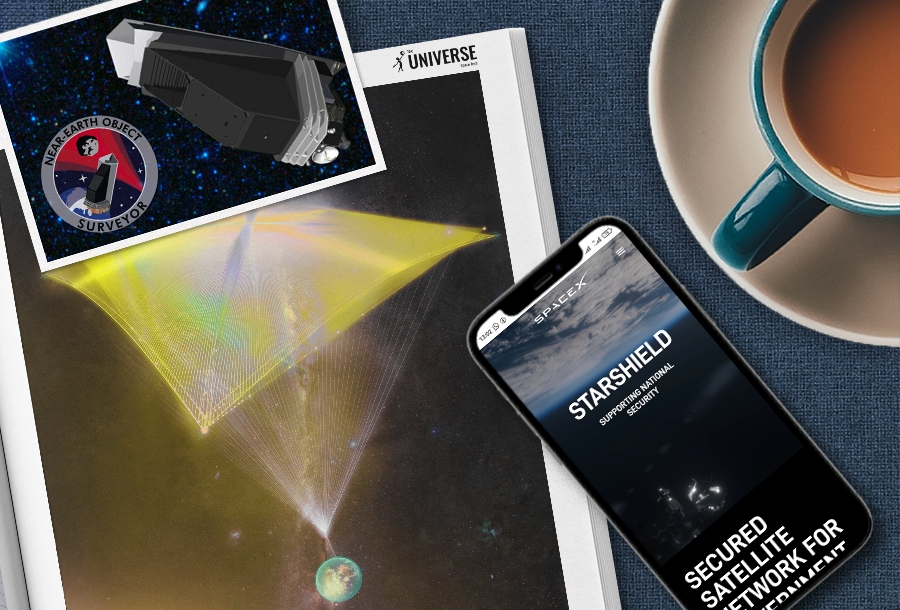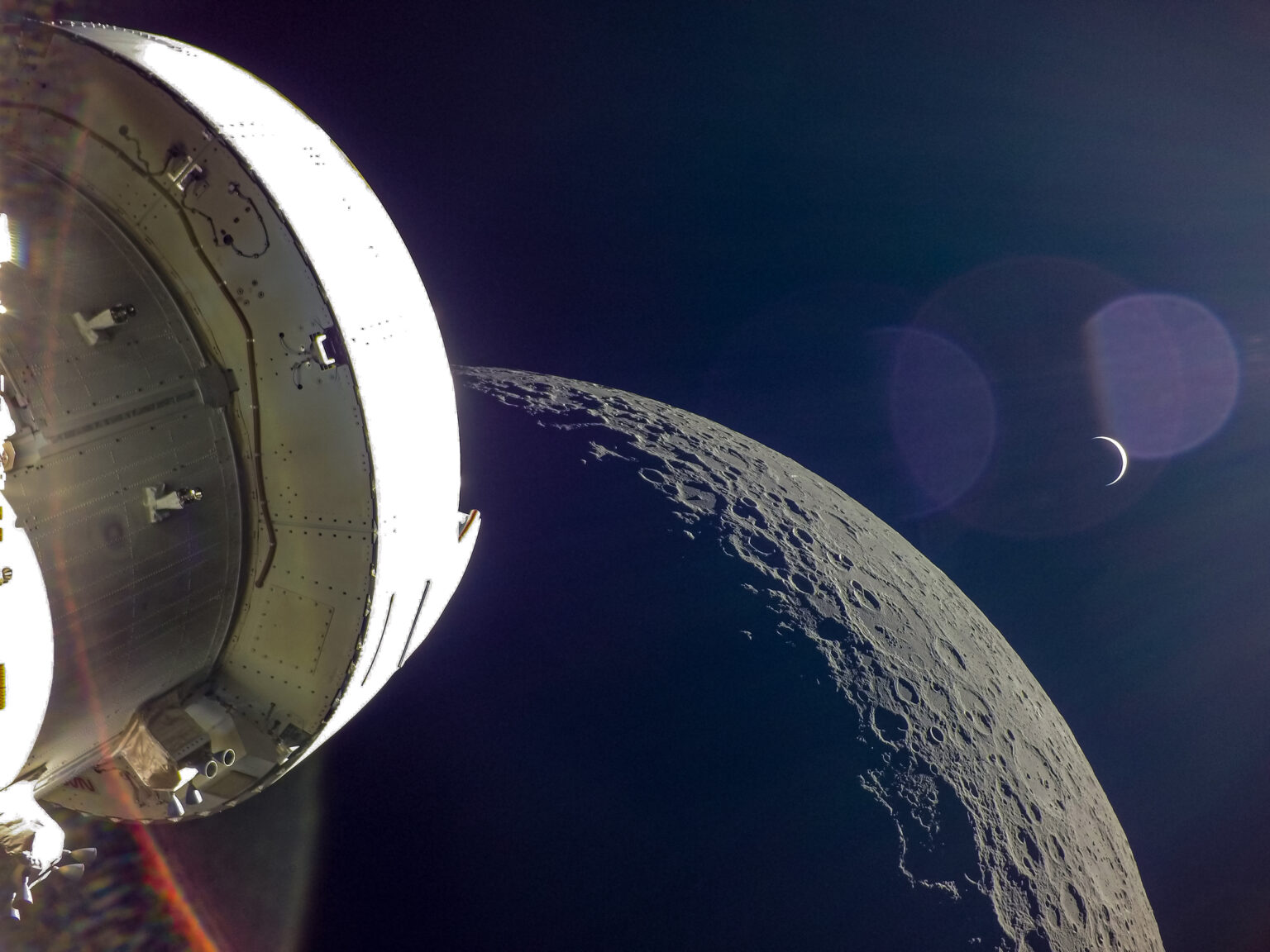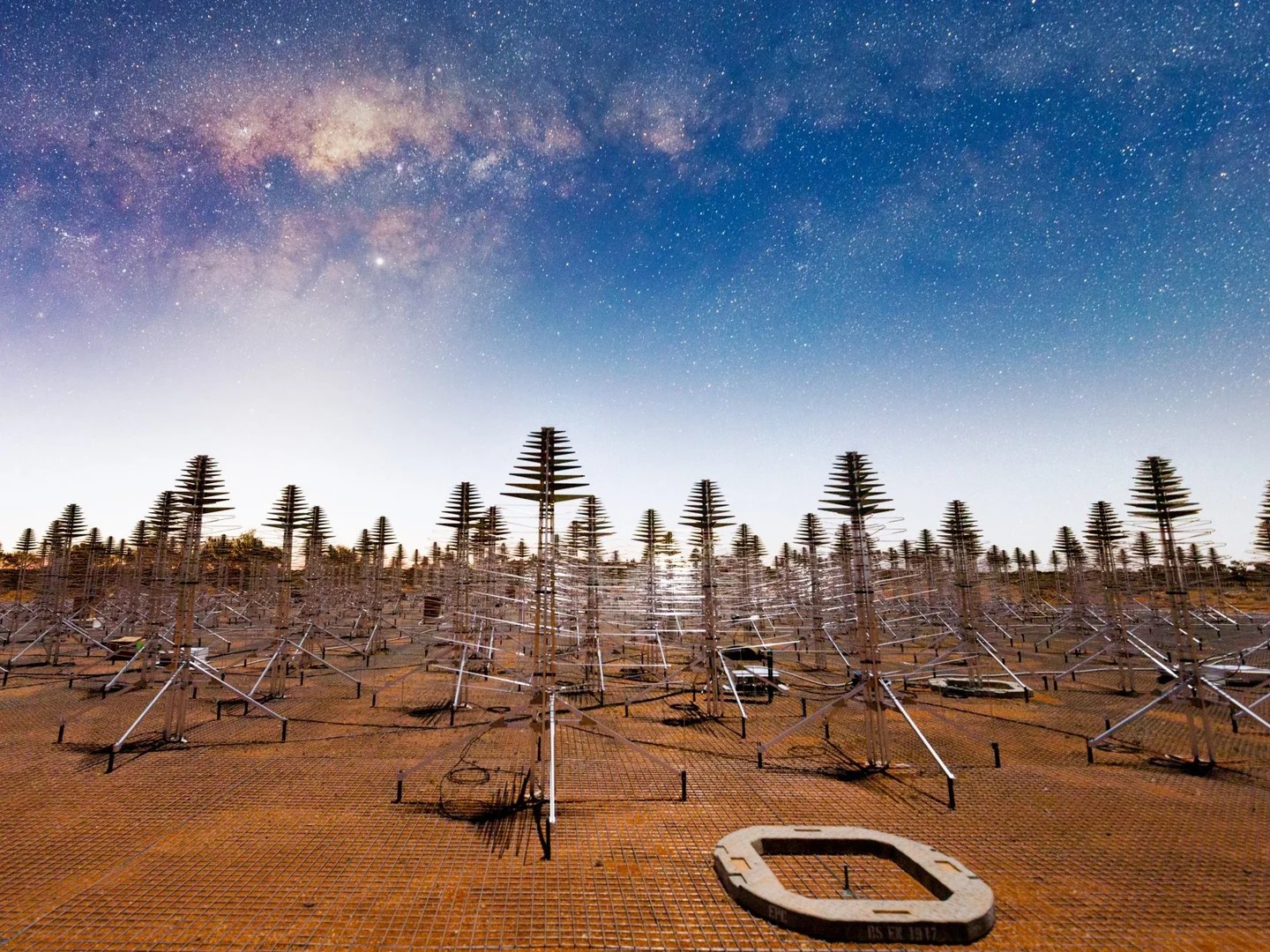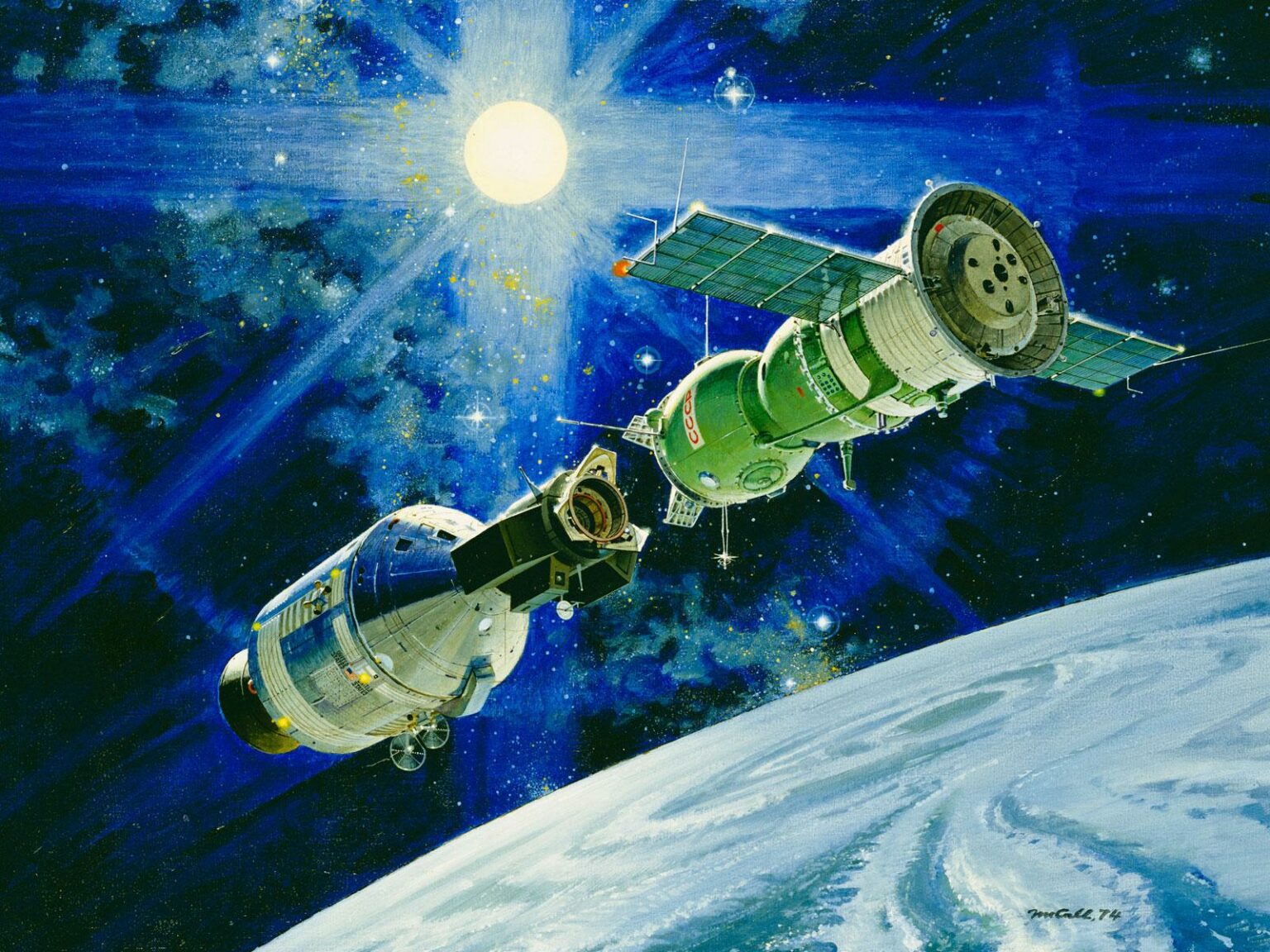Selection of the most interesting space news for the week: Scientists want to create a magnetic sail for interstellar flights; NASA is preparing to launch a new space telescope, and we tell you why stars are not visible in space photos.

“Gravity explains the motions of the planets, but it cannot explain who sets the planets in motion.”
― Isaac Newton
Artemis II flight to the Moon postpones for two years due to a chain of unsuccessful decisions
Artemis I is already at the finish line, but the next Artemis II mission with astronauts on board will take place no earlier than 2024. NASA explained that such a gap between Artemis I and II comes down to money. Financial problems began with a budget hole of USD 100 million eight years ago, which the contractor Lockheed Martin created by saving on on-board computers. This marked the beginning of a series of unfortunate events that caused a terrible delay.
NASA’s Asteroid Hunter to be launched in 2028
NASA has finally approved the NEO Surveyor mission and approved its budget and schedule. The space telescope will be launched in 2028. Its main task is to detect 90% of near-Earth asteroids with a diameter of over 140 meters.
NEO Surveyor will receive a half-meter mirror and an infrared camera capable of shooting in the spectral range from 4 to 10 microns. Its working position will be located at a distance of 1.5 million km from our planet at the L1 Lagrange point of the Earth-Sun system, where it will be able to scan large areas of the sky in search of asteroids. It is expected that the telescope will be able to fulfill the task set by the Congress during the first ten years of its operation. The total service life of the NEO Surveyor should be at least twelve years.
Magnetic sail and Ion wind
The researchers suggest using a magnetic field rather than a bulky solar sail for interstellar flights. It will allow to receive an impulse from ions flying out of the Sun, which carry much more energy than a photon. However, charged particles move in space at a speed of only 700 km/s. Which is only a quarter of a percent of the light. However, scientists expect to use “dynamic soaring” at the boundary of interstellar space. This phenomenon is used by birds, which find it difficult to accelerate solely due to their own muscles. A headwind allows them to accelerate.
SpaceX to create satellite platform for military
SpaceX announced the development of a new satellite platform, called Starshield. It is designed to launch payloads into orbit for government and military customers and will be based on the Starlink architecture. The main focus will be on missions in the interests of national security. We are talking about a new family of satellites with a modular design that can accommodate a large number of different payloads (they can be cameras, radars, data collection and interception devices, etc.). Another important feature of Starshield will be the use of laser communication. Thanks to it, the devices will be able to exchange data among themselves. This will not only protect them from interception, but also allow users to communicate with them anywhere in the world through specialized terminals.
Powerful volcanic eruption is noticed on a distant comet
Comet 29P/Schwassmann–Wachmann 1 (29P/Schwassmann–Wachmann) suddenly flared up in a huge cloud of gas and ice. It was an extremely unusual sight that stunned astronomers. This comet is not much different from the varieties of cold moons orbiting Saturn, Jupiter or Neptune. Over time, gases accumulate inside the comet due to heating by the Sun, which leads to an increase in internal pressure and their further release by an explosive and bright eruption. Instead of throwing hot magma into the atmosphere, as volcanoes do on Earth, comets such as 29P release a frozen mixture of liquid hydrocarbons into outer space. The eruption is unique in that it is the brightest for all time observations.
Photo of the week

NASA has published a series of spectacular images transmitted to Earth by the Orion spacecraft. They were taken during its farewell flyby of the Moon.
Interesting figure — 130 thousand radio telescopes

In Australia, the construction of an array of 130 thousand radio telescopes covering an area of more than a square kilometer has begun. Hence the name of the project — Square Kilometer Array (SKA). According to its CEO, SKA can become one of the greatest scientific achievements of mankind. It will combine thousands of antennas in Western Australia with a network of antennas in a remote region of South Africa to create one large unified “virtual dish” system. The result will be a radio telescope so susceptible that it can detect the smartphone signal in an astronaut’s pocket on Mars at a distance of more than 200 million km, says Danny Price of the Curtin Institute of Radio Astronomy.
Something to read on the weekend

In photographs taken from the surface of the Moon or from Earth orbit, the sky appears completely black, and only now and then a star is visible. We tell you why this happens in the article “Why are the stars not visible in space photos?”. If you want to learn more about the political situation in orbit, as well as how the space confrontation of states began, read “Alliances and confrontations in space. Consequences of the Cold War“.
Follow us on Twitter to get the most interesting space news in time
https://twitter.com/ust_magazine
